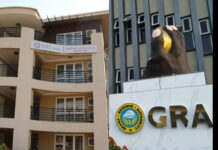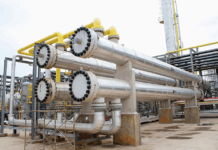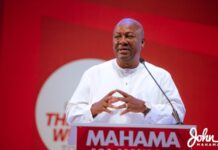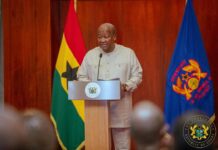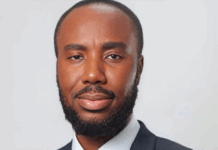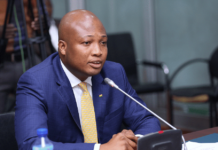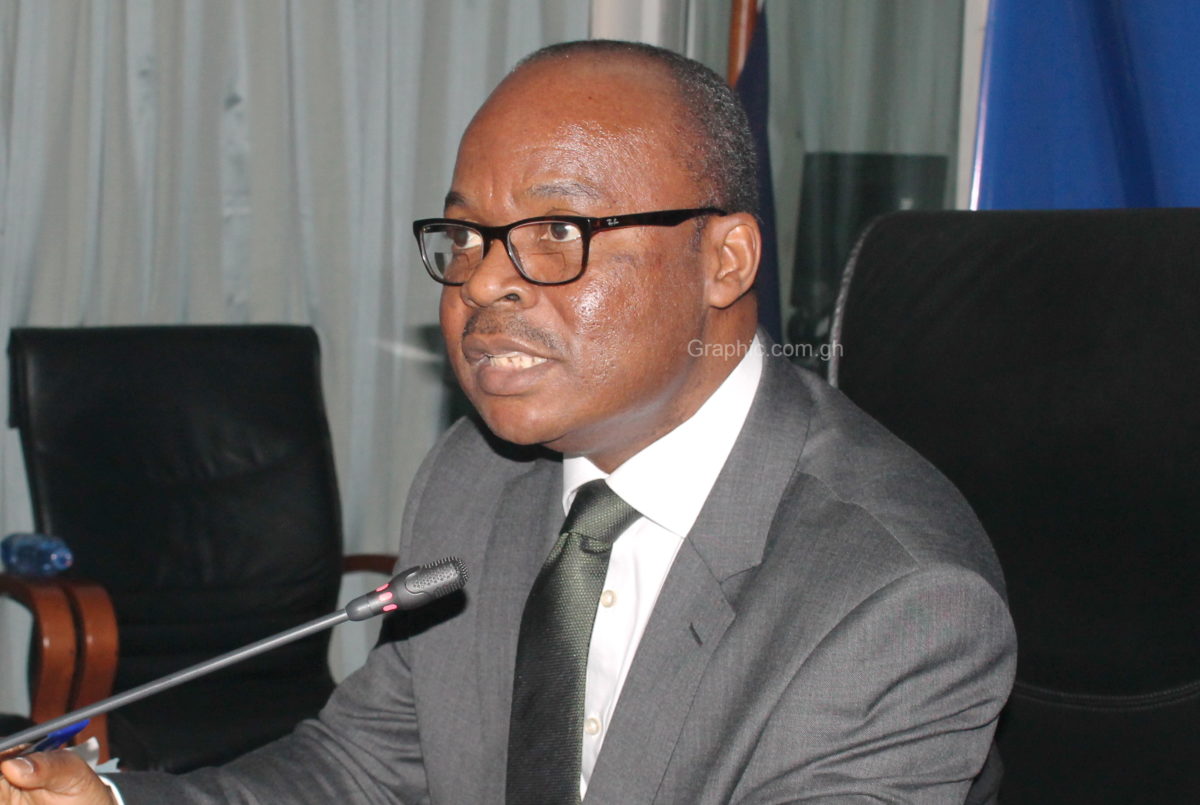
The banking community is ending the year more confident that cost of credit could lower, easing borrowing.
This follows the Monetary Policy Committee (MPC) Bank of Ghana’s decision to reduce the monetary policy rate, which is the rate at which the central bank lends to commercial banks.
BoG Governor and Chairman for the MPC, Dr. Ernest Addison announced last Monday that the policy rate has been cut by 100 basis points to 20 percent from 21 percent.
This is the first time the policy rate has been reduced to that mark in about a year.
The rate had been pegged at 21 following the MPC’s decision in September to maintain the rate which was set after its July meeting.
Speaking to journalists at a conference to conclude the MPC’s November Meeting, Dr Addison indicated that the reduction was influenced by the trends of inflation and medium targets in the 2017 fiscal year.
“Price developments during the first 10 months of the year continued to show signs of dampening inflation expectations. Headline inflation measured by the consumer price index was 11.6 percent for October 2017, a reflection of a steady decline in inflation since the beginning of the year with the exception of April and August, when inflation ticked up slightly. All the Bank’s indices of core inflation continued to decline in October, pointing to a downward trend in underlying inflation, well within or close to the end year inflation target.
Although such conditions persisted last September, the central bank was cautious and decided to pull the brakes.
“The monetary policy stance has eased in line with declining inflation and underlying inflation pressures since the beginning of the year. At this MPC round however, the Committee decided it was time to pause the easing cycle in view of emerging risks to the inflation outlook, while remaining vigilant and committed to respond and take the necessary policy actions should these initial signs of underlying pressures persist,” Dr. Addison said while reading the MPC statement in Spetember.
Subsequent to that, however, the rate of inflation has dropped from 12.2% in September to 11.6% in October.
There had been a similar trend for commercial banks’ lending as the average base rate of banks has dropped from 26 per cent to 25.7 per cent.
Analysts, therefore, expect a response from the BoG, anticipating that it would keep the monetary policy rate at where it was if the MPC decided not to reduce it.
Turning attention to the health of the financial sector, Dr Addison indicated that developments in the monetary aggregates showed increased total liquidity in the economy, mainly driven by net foreign assets of the Bank of Ghana. “Broad money supply (M2+) grew by 22.6 percent on a year-on-year basis in October 2017, relative to 19.8 percent annual growth a year ago. Deposit Money Bank’s credit to the private sector continued to expand but at a slower pace, recording an annual growth of 9.4 percent as against a growth of 12.1 percent over the same comparative period.
The moderated pace of credit growth is evidenced by some tightening of credit stance within the banking system. In the latest credit conditions survey conducted in October, deposit money banks indicated a net tightening of credit stance on loans to enterprises, as banks clean up their loan books. However, credit stance for loans to households for consumer credit and mortgages eased, he indicated.
“The banking sector remains liquid and solvent although non-performing loan ratio remains high. Total asset base of banks increased to GH¢88.9 billion in October 2017, representing an annual growth of 20.5 percent compared to 23.7 percent same period last year. The growth in assets was mainly funded by deposits which went up by 18.2 percent on a year-on-year basis.
“The quality of banks’ loan portfolio has improved marginally since the last MPC meeting. The Non-Performing Loans (NPLs) ratio declined from 21.9 percent in August to 21.6 percent at the end of October. Similarly, NPL ratio net of provisions declined from 11.3 percent to 10.5 percent. The industry’s Capital Adequacy Ratio (CAR) averaged 15.0 percent at the end of September 2017, significantly above the 10.0 percent prudential requirements,” he outlined.
Overall, Ghana’s economy is projected to end the year at 7.9 percent, driven mainly by the oil sector and having grown by 6.6 percent and 9.0 percent in the first and second quarters, respectively.
On the other hand, non-oil GDP growth was 3.9 percent in the first quarter and 4.0 percent in the second quarter.
“There are indications that the oil-induced growth is gaining momentum while the slower non-oil growth remains a concern and may require additional impetus to boost overall growth towards its full potential.”
“However, recent developments such as the implementation of growth-enhancing government policy initiatives, positive sentiments from businesses and consumers as well as improvement in electricity supply are supportive of non-oil growth,” the BoG boss said.





